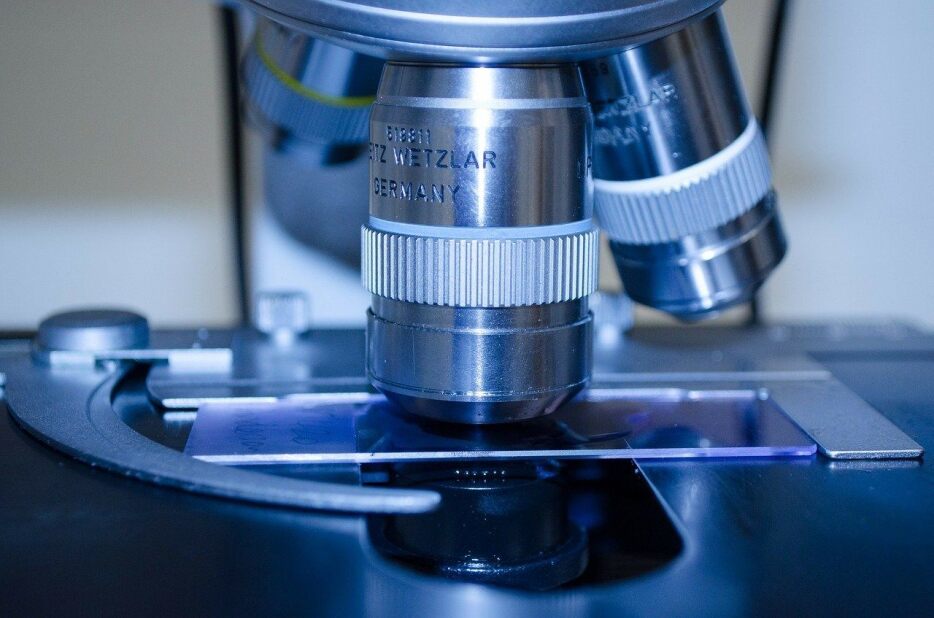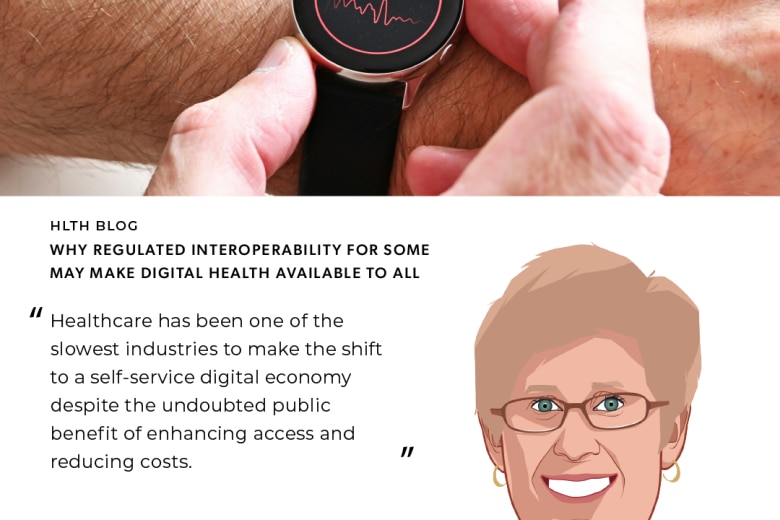In medical school, I spent summers at a Boston teaching hospital, working alongside one of the world’s most brilliant medical informaticists. I was floored when he left to pursue a dermatology residency. “I just can’t live without the feeling of a patient calling me ‘doc’,” he explained. While I understood his reasoning, I realized that I wanted to help not one patient at a time, but many. I began dreaming of a world in which labs leverage data and software to overcome the challenges of one area in particular: anatomic pathology.
Now, decades later, that vision is reality. As the head and founder of Computer Trust Corporation, I work with labs across the world, including a multibillion-dollar leader in diagnostic services, to streamline workflow, reduce costs, and rapidly achieve accurate diagnoses. Our pathology software automates this work 24/7, no matter where the tests happen to be.
Why anatomic pathology? Because it yields the most direct, hence the most accurate, diagnosis. The field relies on tissue testing -- biopsies and pap smears -- to derive critical diagnoses across specialties. Many healthcare professionals are involved in an individual anatomic pathology case, making the work all the more complex and a great candidate to benefit in terms of reducing errors, reducing delays, improving communication, and other benefits of automation. Ultimately these benefits translate to value to the patient, speeding results that often allay their worst fears that they have cancer.
Data management, it turns out, is the first step toward treatment and recovery.
Data Drives Clinical Benefits in Anatomic Pathology
You can’t solve a problem that you don’t know exists. Clinical lab tests, like bloodwork, can help paint a picture of a patient, but they’re indirect. Because anatomic pathology analyzes the tissue, it has a better shot at finding concrete answers. Even so, erroneous diagnoses occur at a rate of 3 to 9 percent.*
At Computer Trust Corporation, we develop lab pathology software in service of accurate diagnoses. Our data technology does that by supporting labs throughout the entire process. We’re passionate about improving accuracy and quality in the lab. And we’re passionate about squeezing keystrokes out of data-entry.
It starts with a patient’s history. Labs deliver stronger results when they’re aware of prior biopsies, for instance, which can signal a recurrence of disease. It’s key to accurately identify whether this “JOHN SMITH” is the same or a different person than the one with a melanoma from 5 years ago.
Thereafter, during examination of the specimen ‘grossly’, preparing microscope slides using oil-based stains in water-based tissue, reading slides and ordering additional stains, and recording all these steps and findings, involves a small army of experts, from grossing technologists and pathologists to medical transcriptionists. They all handle the specimen in one way or another, working together to harvest data and key insights. Data management and automated software lay the groundwork that enables these professionals to communicate and collaborate.
When technology pushes anatomic pathology to speedier, more reliable diagnoses that shine a light on the most promising treatment options, patients win.
How Anatomic Pathology Laboratory Information Software Can Unlock Efficiencies
Labs have long battled financial pressure stemming from dwindling reimbursements and increased competition. COVID-19 also cut biopsy referrals by 50 percent, in another blow to the industry. For labs to survive and thrive, they must do more with less.
Efficiency begins with workflow. Automated lab pathology software enables labs to function with fewer operators, freeing staff to deliver the best results for patients. What’s more, technology ensures every professional knows what’s happening with a given case. By saving costs and eliminating the need to play a game of telephone, quality rises and the business grows.
It’s also vital that a lab can leverage data in the way that works best for its experts. At the same time, large organizations must standardize certain processes and data formats. When flexibility and personalization are designed into a technology, it bridges gaps and empowers professionals to work unencumbered.
The Role of Data and Automation in Anatomic Pathology
When I launched Computer Trust Corporation in the 1980s, it was hard to foresee the changes that every lab would soon undergo. I knew the complexity would never go away, labor costs would remain high, and that accuracy would be critical. Beyond these, over the years, amid increasing regulation and competition one truth remained: quality has always been key.
From the outset, we worked with partners like InterSystems to guide even the smallest clients through their challenges. Some of those contracts have led to deals with multinational labs.
But I still think back to what I learned during one summer at the teaching hospital: Technology is a tool to secure results for patients at scale. That’s why anatomic pathology lab can’t settle for shoddy workflows and inefficiencies. The diagnosis is simply too important.
Read more blog posts on InterSystems PULSE.
About the Author

Dr. David Liberman is founder, president and CEO of Computer Trust Corporation in Boston, MA. His training and background are in clinical medicine, and he worked in Emergency and Trauma Medicine for a number of years while consulting for database and laboratory companies. He launched Computer Trust Corporation in 1986 to improve diagnostic accuracy and tracking in healthcare, and the company’s WinSURGE™ suite of products is used in some of the most prestigious lab enterprises in the country. His responsibilities span development, client relationships, and business operations and strategy. He has published papers on medical computing and business and, in his spare time, enjoys drumming, aviation, fitness, and community activities. Connect with Dr. Liberman on LinkedIn.




































